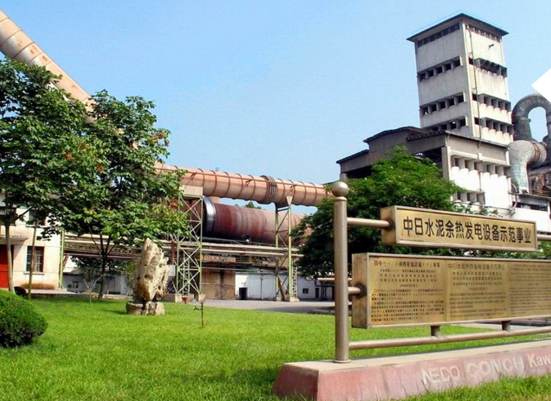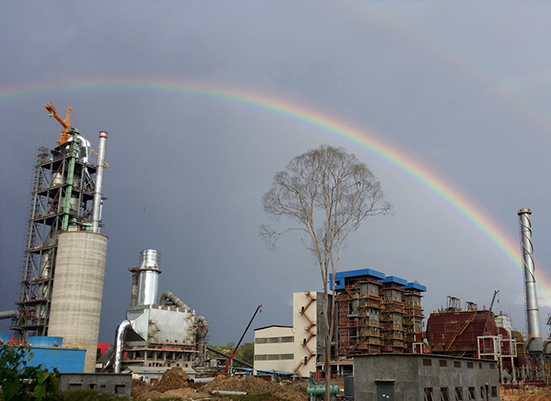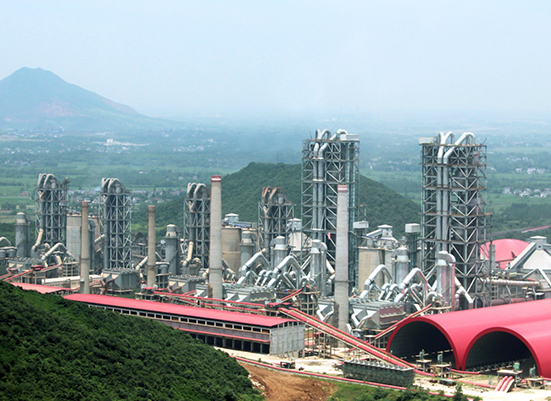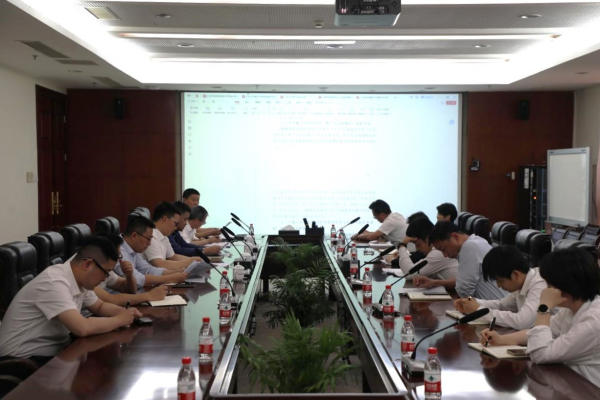Conch Kawasaki
Anhui Conch Kawasaki Engineering Co., Ltd. (ACK), founded in 2006, is a Sino-Japanese joint venture company between Wuhu Conch Investment Co., Ltd., a subsidiary of China Conch Venture Holding Co., Ltd., and Kawasaki Heavy Industries, Ltd., with a registered capital of CNY 100 million.In 2016, the company responded to the Belt and Road Initiative actively and has expanded its overseas energy-saving and environmental protection business vigorously. The company invested and established Shanghai Conch Kawasaki Engineering Co., Ltd. (SCKE) in Shang More >

Business Line
News & Events
2024-06-05
Haichuan Engineering launches "Safety Production Month" in 2024 Mobilization Conference for "June 5th Environment Day"
June 2024 is the 23rd National Safety Production Month and the 53rd World Environment Day. Haichuan Engineering organized a mobiliza...
-
The joint venture company holds a Q1 business analysis meeting and a special seminar on improving quality and efficiency
In order to implement the spirit of the first quarter business analysis meeting and the special meeting on improving quali...05-11 -
Appreciating the Spring Scenery with a Spring Breeze of Ten Miles, Enjoying the Splendor of Spring, and Enjoying the Fun of Spring outings--Record of Haichuan Project's Women's Day Outdoor Expansion Activities on March 8th
With the footsteps of spring, we have once again welcomed the annual "March 8th" Women's Day. In order to have a beautiful...03-09 -
The first board meeting of Conch Kawasaki Company in 2024 was successfully held
On March 26, 2024, the first board meeting of Haichuan Engineering, Haichuan Energy Conservation, and Shanghai Haichuan wa...03-29 -
The 2024 Work Conference of Haichuan Engineering Company was grandly held
Yutu bid farewell to the old year, Xianglong welcomes the new year. The year 2023 has come to an end, and a new year has q...02-01
Links:












 Address: No. 1007, Jiuhua South Road, Yijiang District, Wuhu City, Anhui Province, China
Address: No. 1007, Jiuhua South Road, Yijiang District, Wuhu City, Anhui Province, China
 Tel:+86(0)553-8398696
Tel:+86(0)553-8398696
 Fax:+86(0)553-8398676
Fax:+86(0)553-8398676
 Email:ack@conchventure.com
Email:ack@conchventure.com
